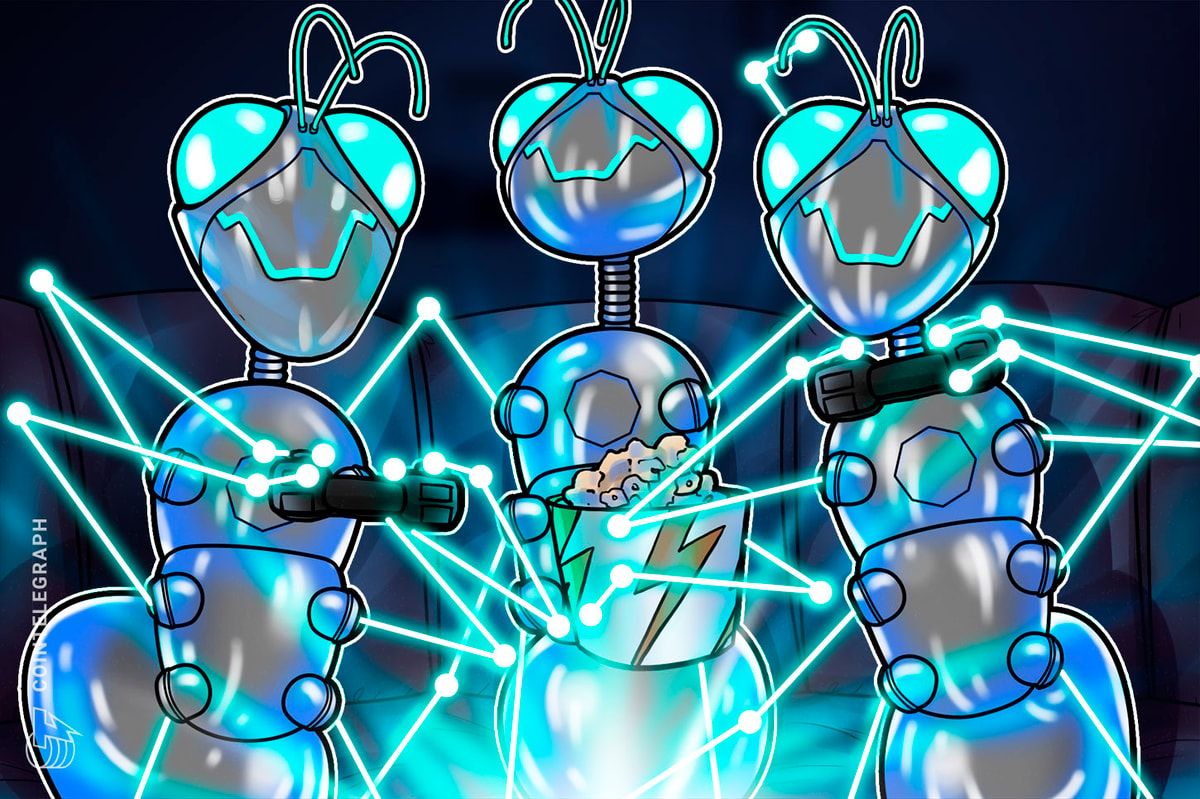Cudos is a layer-one blockchain and layer-two computation and oracle network that enables the scaling of computing resources to 100,000 nodes. It aims to bridge the gap between cloud and blockchain by making the world's available computing power more decentralized.
With the launch of phase one its incentivized testnet – Project Artemis – the blockchain plans to lay the foundations of a decentralized, competitive, fair, and sustainable computing market. Even in its early stages, Cudos has ignited a considerable amount of developer interest, with over 20,000 developers joining its waitlist.
“This stage is the culmination of many years of work. With over 20,000 developers signed up already, we're excited to see what ideas and projects are created along with the NFT marketplaces, DeFi (decentralized finance) and games platforms already being built on the Cudos network," said Matt Hawkins, the founder and CEO of Cudos, to Cointelegraph.
Project Artemis takes flight
Named after NASA’s ongoing human spaceflight mission, Project Artemis will be the first stage in building Cudos’s carbon-neutral decentralized blockchain. Its main goals will be to secure the network, get developers building and create a diverse network of validators.
The project will be deployed in four phases, Apollo, Buzz, Armstrong and Collins, named after space explorers as a testament to Cudos venturing into new territories. During phase one, or Apollo, validators will perform starter tasks, focusing on hardware provisioning and node syncing. Cudos will then test all aspects of validation during the Buzz phase, including staking and delegated rewards.
After the platform has been thoroughly tested, phase three, or Armstrong, will come into effect. Here, Cudos will “stress test” its platform by facilitating a coordinated strike, which, it hopes, will bring as much diversity in transaction activity as possible.
Finally, the Collins phase will see a dry run of the genesis and migration plan for the new native Cudos blockchain.
Participants in the incentivized testnet will earn rewards by completing tasks but stand to gain even more when the mainnet goes live. Cudos plans to reward its early contributors with its native CUDOS tokens airdropped directly into their wallets.
Carbon neutral computing
While recent developments have sparked a debate around the environmental consequences of a blockchain’s energy consumption, Cudos believes critics are “missing the point.”
“One significant way that blockchain’s impact is already substantial is its ability to crowdsource large amounts of otherwise wasted energy,” explained Hawkins in a blog post.
Cudos estimates that $1 trillion is spent annually on IT hardware, and 50% of the time, this hardware is idle or not in use.
“Whether it be a personal laptop or a commercial server out of office hours, there’s a vast amount of wasted idle computing power lying around on dormant hardware. At the same time, there’s a vast demand for computing power that’s being met by companies like AWS, which are continually building new data centers, further straining the environment,” Hawkins said.
The Cudos Network’s decentralized cloud computing platform redirects spare power from idle computers and puts it to better use. The platform anticipates that once the world embraces this blockchain-based carbon-neutral solution, it will have the potential to disrupt big cloud providers like AWS, Microsoft and Google.
To realize its mission, the platform has partnered with several key players in the industry, including GPU manufacturer AMD who’s SEV/SME encryption service will be included in the Cudos network. It has also partnered with blockchain-based carbon credits company ClimateTrade to offset its carbon footprint.
According to Nuno Perreira, VP of Partnerships, Cudos could be the network of choice for developers in search of a layer-one network that can support more intense computational applications while also being cheaper, faster, sustainable and scalable.
“There are a few layer-one networks that are faster and cheaper than Ethereum, but as far as I know, none offer true scalability that can support traditional workloads and blockchain workloads,” said Perreira.
Disclaimer. Cointelegraph does not endorse any content or product on this page. While we aim at providing you with all important information that we could obtain, readers should do their own research before taking any actions related to the company and carry full responsibility for their decisions, nor can this article be considered as investment advice.











